Wine Enthusiast |
- Climate Change Forces California Winemakers to Reconsider What Grapes Grow Where
- 10 American Pilsners To Drink all Summer and Beyond
- Wine Enthusiast Podcast: There’s No Better Time to Drink South African Wine
| Climate Change Forces California Winemakers to Reconsider What Grapes Grow Where Posted: 04 Aug 2021 05:00 AM PDT  For decades, California winemakers have long thought of the Winkler Index as gospel. Developed in the 1940s by two professors at the University of California at Davis (U.C. Davis), the Index uses regional climate conditions to determine the best places to grow a wide range of wine grapes. With increasing pressures from heat and drought bearing down on the state, however, the Index may currently be horribly out of date. On July 22, U.C. Davis announced it would update the Index for the first time in more than 75 years. This new reality has profound implications for what we grow, make and drink in the future. Professors A.J. Winkler and Maynard Amerine founded the Index to help the California wine industry recover following the repeal of Prohibition and loss of vines due to phylloxera. The Index became a standard way of thinking about which wine varieties to plant where and, over time, it was adopted worldwide. 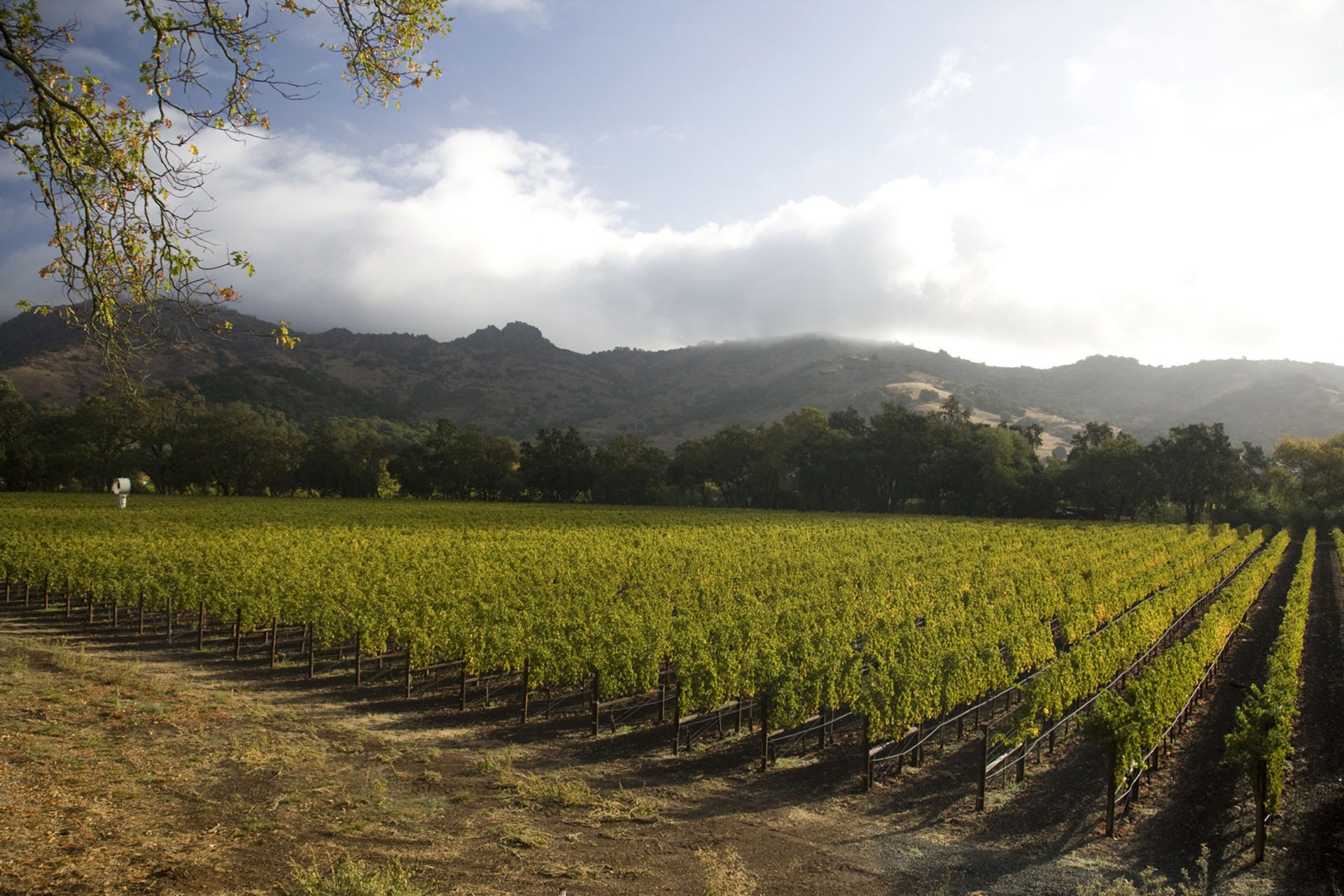 The Index classifies regions from I to V, going from coolest to warmest. It specifically tracks the amount of heat from the sun via average daily temperatures above 50°F between the months of April and October, the typical growing season for grapes in the northern hemisphere. These heat units are commonly referred to as "degree days." The original ranking classifies Region I as areas with less than 2,500 heat units. This includes Anderson Valley, Carneros, the Santa Cruz Mountains and Santa Maria in California, and Mosel, Burgundy and Champagne in the Old World. The Index lists Chardonnay, Pinot Noir and Gewurztraminer as suited to these growing regions. Region V places have 4,001 or more heat units, with Fresno and Merced as domestic examples and Algeria and Palermo, Italy abroad. Sweet and/or fortified wines made from Grenache, Muscat Blanc and Palomino are recommended. In between are such world-renowned places as Russian River Valley and Bordeaux (Region II) and St. Helena and Tuscany (Region III), where heat units/degree days range from 2,501 to 3,500.
When the Winkler Index was developed, the Napa Valley was considered predominantly a Region II and III, and deemed ideal for Cabernet Sauvignon. Today, 50%, or some 22,868 acres of it is planted to Cabernet. But things are changing. Between 1895 and 2018, California has warmed an average of 2.3°F during the growing season, according to the 2018 Napa Vintage Report by Dr. Greg V. Jones. Now most of the valley falls within Region III and IV, and some wonder if it's at risk of reaching even beyond.  Environmentalist and legendary Napa Valley winemaker Warren Winiarski, 92, who produced the winning Stag's Leap Cabernet Sauvignon of the 1976 Judgment of Paris tasting, advocates for updating the Winkler Index. In July, he donated $450,000 to fund U.C. Davis’ research. "Because we are in a period of climate change, we need more refined and comprehensive ways of measuring the effect of heat on plant physiology and grape maturity," says Winiarski. "The development of new methods of measurement would be extraordinarily helpful. With better knowledge of changes in the compositional elements in the grapes in the vineyard, we'll have better guidance on how to respond in the winery and create the wines we want to make." From the purview of his home above Stag's Leap Wine Cellars, Winiarski has lived through both the 2017 and 2020 fires that affected the Napa Valley. He suffered the loss of a barn and two residences at his Arcadia Vineyard in Coombsville and had to evacuate during these events. 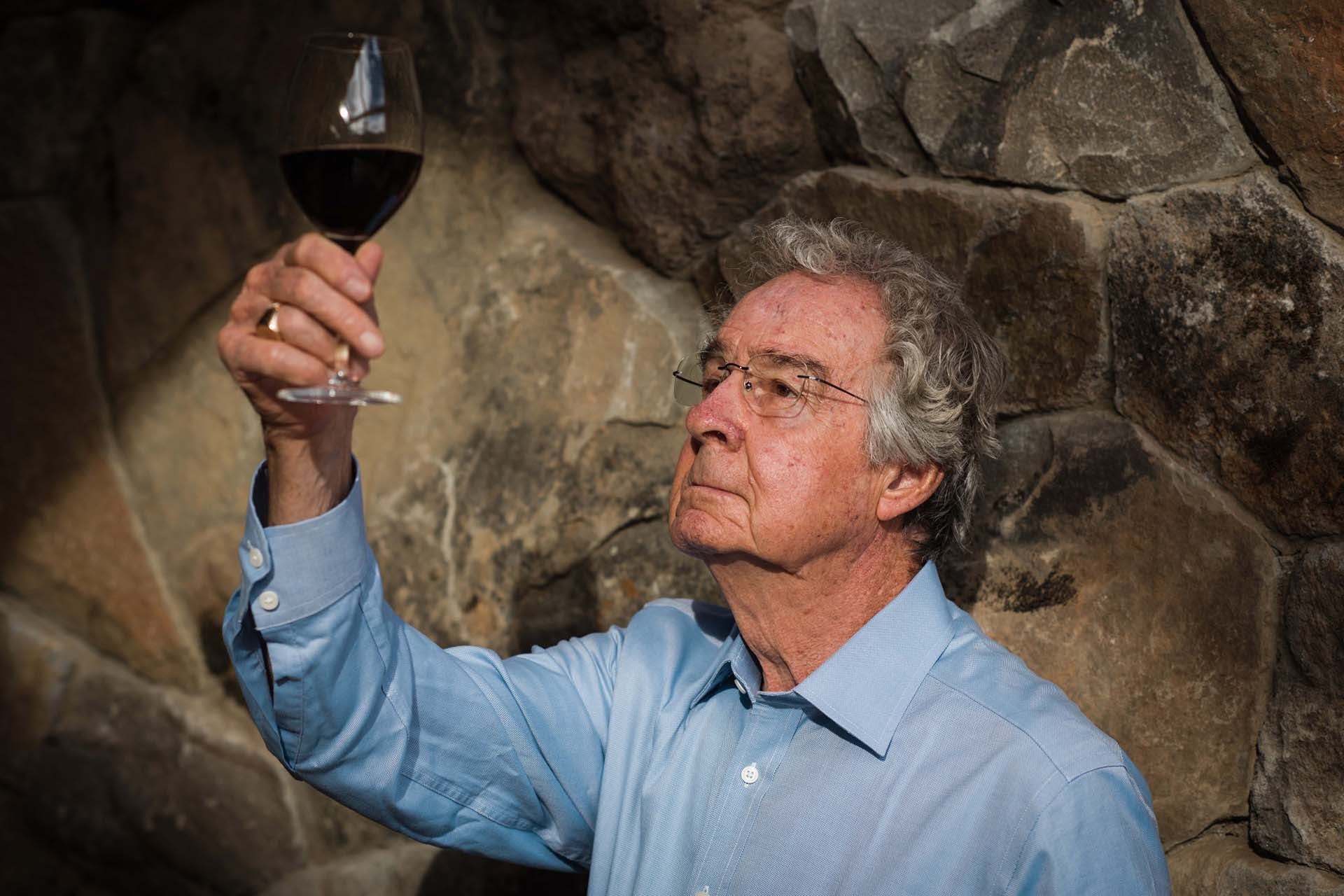 Data collection has begun this season with Napa Valley Cabernet Sauvignon. Remote sensing and sophisticated monitoring technology will capture plant growth, berry chemistry and other conditions more effectively than when the Winkler Index was created. Growers and producers in the Napa Valley are expected to share some of the data from their own weather stations with the U.C. Davis researchers. "There is a renewed interest to understand how to best mitigate climate change effects on existing vineyards and choose appropriate cultivars for the future," says Beth Forrestel, an assistant professor in the U.C. Davis Department of Viticulture and Enology who is leading the research. "The new methods and data sources we're bringing to this project will help us do just that." Others who support this refresh include Winiarski's successor at Stag's Leap Wine Cellars, Marcus Notaro. He oversees the historic Fay Vineyard, among the first sites to be planted to Cabernet Sauvignon in the southern reaches of the Napa Valley. "When Nathan Fay first planted the vineyard in 1961, common thinking was our area in the Stags Leap District was too cool for Cabernet Sauvignon," Notaro says. "Updating this index using modern technology will be a great new tool to support our industry." |
| 10 American Pilsners To Drink all Summer and Beyond Posted: 04 Aug 2021 04:30 AM PDT  Sometimes it’s just too hot for wine—even if it’s a chilled. So on those days, it’s best to reach for an ice cold Pilsner. These light, sessionable brews are known for balancing hoppy bitterness with bright citrus. And while brewers have brought plenty of innovation to this historic style, the classic Pilsner remains exciting and delicious. Here are 10 of our favorite American Pilsners. Wayfinder CZAF; $20/16 oz 4 pack, 98 points. The malt profile of this beer is sweet and firm, with a bready quality that comes off as fresh and welcoming. A hop presence brings spice and earth, lending just the right amount of pleasant bitterness. All the while, the water profile still has a chance to shine. Assertive crispness keeps everything moving along nicely from the first sip to the last. —John Holl Aslan Coastal Pils; $13/12oz 6 pack, 96 points. This is crisp and clean as a mountain stream, but with decidedly more barley and hops to it. This pilsner is rooted in the Old World but with an American sensibility for hops. It's a beer for beach camping, enjoying post-hike or at the sushi joint around the corner. —J.H. Perennial Pilsner; $10/16oz 4 pack, 96 points. With a delicate floral hop bouquet, this hoppy pilsner delivers on its name. It maintains a refreshing lager crispness while pushing the hop agenda that has pricks of pine, peels of citrus and a patina of tropical fruit funk. Start a night out with this beer and several others soon follow. —J.H. Green Bench Kulture Khronicles Vol. II Keller Pils; $12/16oz 4 pack, 95 points. With aromas and flavors similar to Rice Krispies, this crisp lager has a fun, breezy quality to it that perks up the palate and teases with a bit of sweetness. The hop character comes on slowly and offers a small amount of earthy bitterness and even a little woodiness. There's an undeniably fresh characteristic to this beer that offers some brightness to the mind and palate. This is a collaboration with Beer Kulture, a non-profit group that supports diversity and job creation in the beer industry. —J.H. Reuben's Pilsner; $11/12 oz 6 pack, 95 points. This pils is clear and golden in color, with a soft floral hop aroma that has a twinge of spice on the tail end. It's a crisp and refreshing lager that is medium in weight, with bready malt tones and rounded carbonation that encourages big gulps. —J.H. Trumer Pils; $10/12oz 6 pack, 95 points. In the tradition of a classic European pilsner, this crisp malt-forward lager has a noble hop bite and a smooth, dry finish. Served in a green bottle, it's advised to drink quickly to avoid becoming light-struck, although a little touch of that skunky aroma, if it emerges, actually lends to a more authentic experience. Still, best to avoid that happening. This is a layered, classic rendering of a familiar style that is appealing to all generations of beer drinkers and demands to be enjoyed in a place where steins can be plunked together in celebration. —J.H. Atlas Bullpen Pilsner; $11/12oz 6 pack, 94 points. They call this a "baseball beer" and it fits. It's a pilsner that sustains you through day games with a refreshing buoyancy that has a crisp, dry finish. It's a social lager that can be consumed from the can, a plastic up or a proper glass at home if you're watching the game from your couch. —J.H. Left Hand 1265 Pilsner; $11/12oz 6 pack, 94 points. When served cold, this crisp well-balanced pilsner hits the spot. It's refreshing and satisfying, with cereal malt aromas and flavors, a bit of earthy hop bitterness that has threads of pine and a bread crust character throughout that gives it just a little bit of body for oomph. —J.H. Pure Project Rain Unfiltered Pilsner; $15/16oz 4 pack, 94 points. With only the slightest bit of haze in an otherwise clear, golden yellow pilsner, there is a zippy hop character to this that leans on fresh pine and spicy lemon. Herbal characteristics build as it warms slightly, bringing a fresh, breezy aroma to the glass. —J.H. Seventh Son Alpine Architecture; $11/12oz 6 pack, 94 points. A benefit of the recent pandemic, this beer was originally supposed to be draft only, but when keg sales dried up the brewery put this German-style pilsner into cans. Bready and slightly nutty malt aromas are mixed with spicy hops. It's a lager with depth and skill behind it, for us to enjoy in the comforts of home. —J.H. |
| Wine Enthusiast Podcast: There’s No Better Time to Drink South African Wine Posted: 04 Aug 2021 04:00 AM PDT  In this episode, we're turning our attention to one of the greatest wine-producing countries in the world: South Africa. A lot has happened in the South African wine industry over the past year-plus. The first Covid-19-related restrictions there came in March 2020, with the government arguing that alcohol consumption leads to increased strain on the country's hospitals. Since then, there have been multiple starts and stops to alcohol sale, transport and export. Figures have estimated billions of dollars of revenue lost, as well as hundreds of thousands of drinks-industry jobs. But simultaneously, the country has maintained international relationships, improved global standing and further honed-in on its own brand and messaging, leading to improved quality overall. Managing Editor Lauren Buzzeo catches up on the current state of affairs for South African wine with Jim Clarke, Marketing Manager for trade group Wines of South Africa USA as well as author of the book The Wines of South Africa. They discuss how there’s been a lot of change to the industry. Some is good, some bad and some yet to be fully determined. At the end of the day, however, their takeaway is that there's truly never been a better time to drink South African wine. To dive deeper into South African wine, check out this primer for where to find the best South African wines, or learn more about the South African wine industry's initiatives on social responsibility and community development here. For another episode featuring South African wine, check out this one highlighting the insane appeal of the country's Chardonnay, or read this article about why your next glass of Cab should be from South Africa.
|
| You are subscribed to email updates from Wine Enthusiast. To stop receiving these emails, you may unsubscribe now. | Email delivery powered by Google |
| Google, 1600 Amphitheatre Parkway, Mountain View, CA 94043, United States | |

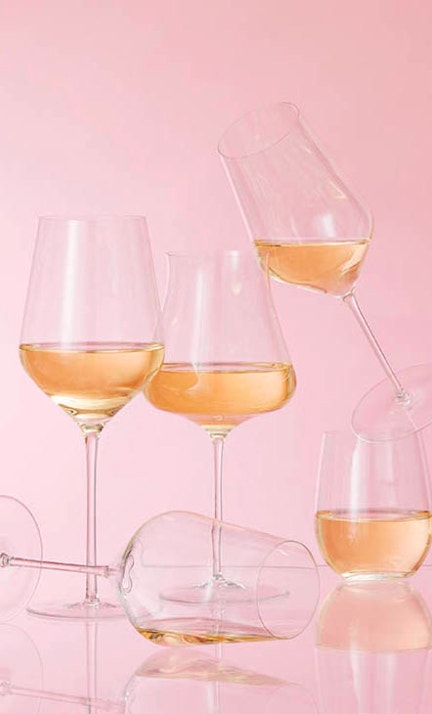
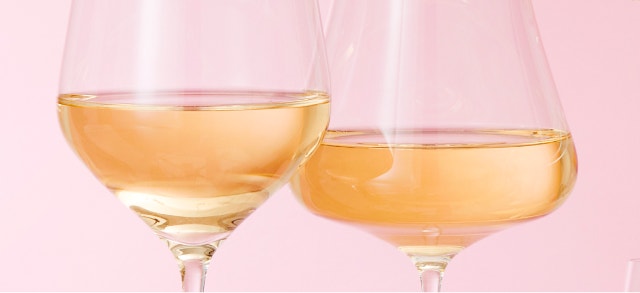
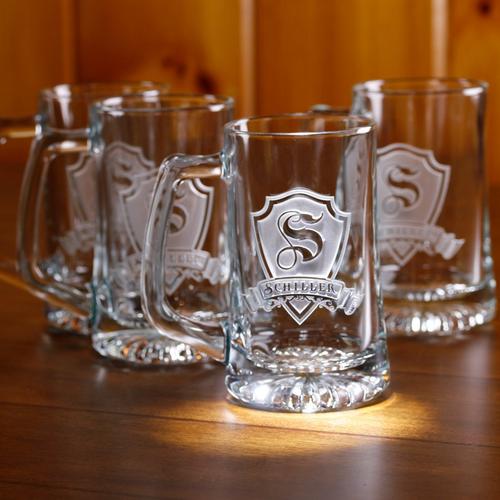
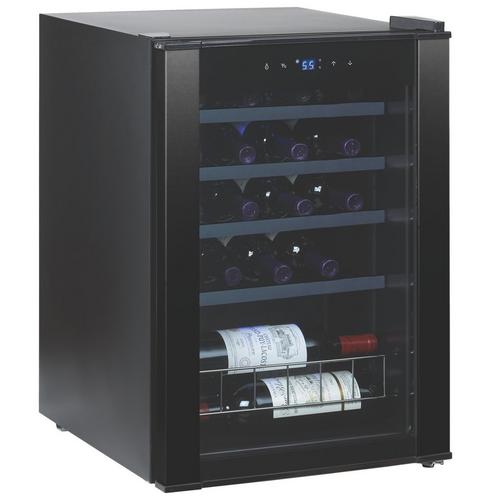














0 comments:
Post a Comment